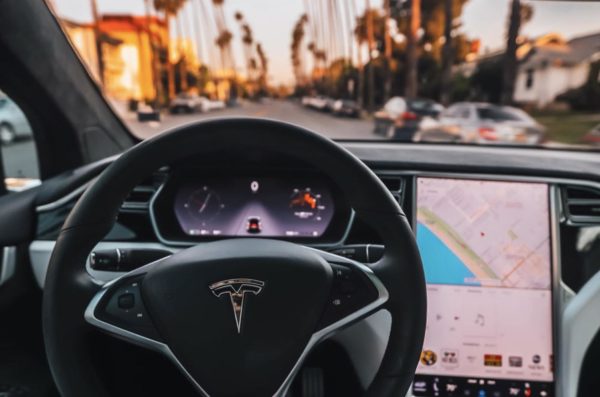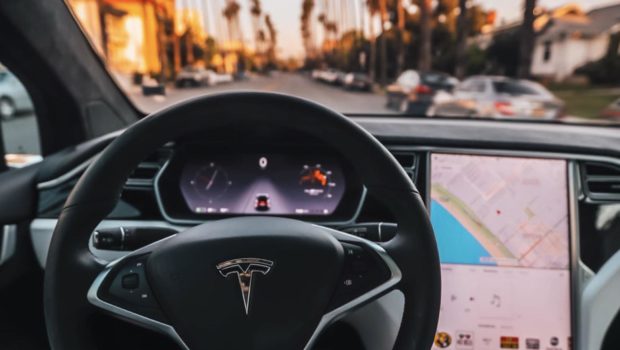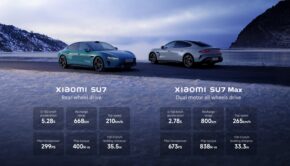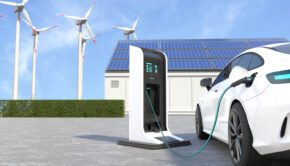Continuing Advancements in Electric Vehicles
Electric vehicles (EVs) continue to grow in popularity as more consumers look to save money. And surprisingly, baby boomers are buying more green vehicles than other generations in an effort to save money at the gas pump while reducing their carbon footprint. There are more than 1.3 million electric cars on American roads. But the U.S. isn’t leading the EV market. China leads with EV sales that are more than four times the amount of America’s.
It’s expected that 30% of the cars on the road in the next 10 years will be electric vehicles. The growth in the market can lead to unexpected problems. Electric vehicles reduce our fossil fuel consumption and reduce smog and other emissions, but chargers are needed in more areas to make driving one outside of your immediate neighborhood practical. Then there’s the issue with manufacturing batteries and other equipment. Car companies need to keep up with the demand and divert production from gas-powered vehicles to electric vehicle production.

Source: Pexels
With the global electrical vehicle market growing so quickly, manufacturers including Tesla, General Motors, Toyota, Nissan, and BMW, are pushing for new advancements to save on costs and improve on efficiency. Here are some of the latest tech developments in the electric vehicle market:
Most Powerful Electrical Motor May Be Coming Soon
As with all technology, there’s always a faster, smaller, or better version in the works. Electric motors are no different. U.K.-based Equipmake is developing what may be the most powerful electric car motor to date. It’s expected to output 220 kW (295 hp), yet weigh less than 22 pounds. To compare, a 2020 Nissan Leaf outputs 147 hp. The remarkable low weight is due to 3-D printing, which can produce thinner than normal metal parts, saving money on production costs by using less metal and improving an EV’s efficiency from the lighter weight.
One of the biggest issues in hybrid and electric vehicle technology is the challenges the new engines and batteries create. EVs and hybrids must remain lightweight to maximize their efficiency and extend how far the car can travel on a single charge. In fact, Porsche recently announced its electric sports cars are on hold because the batteries are still too heavy. If Equipmake’s discovery on how to make a lighter engine works, it could be revolutionary to the electric vehicle industry. It looks like we will see more performance electric sports cars on the market soon.
A Larger Network of State-of-the-Art Charging Stations
Electrify America was created after Volkswagen’s diesel emissions scandal. As part of the German car manufacturer’s settlement, they promised to build out the electric vehicle infrastructure in California and nationwide, saving states billions in having to build out the infrastructure using tax-payer dollars. Volkswagen used $2 billion of the settlement with the government to provide charging stations for the growing EV market. The company recently opened its 100th charging station in California, which is part of a network of over 400 nationwide.
All 100 California stations are equipped to charge 400 vehicles at a time and feature DC fast-charging stations as well as 240-volt Level 2 AC stations. Some of the locations are off the grid and run solely by solar power. As EV charging stations become more readily available, consumers are probably more likely to go all-electric, knowing they won’t get stuck out of range with no way to recharge.
Wireless Charging Could Replace the Plug-In Charger
Electrify America’s vehicle charging stations is a much-needed advancement, but the United Kingdom is replacing plug-in stations with something better — wireless charging. Instead of using a panel that plugs into your car for a period of time, the EV wireless charger is a square, flat pad, that when parked over, charges the electric vehicle sitting on top.
A limited selection of BMW’s 530e is already available in California with wireless charging pads. BMW decided to expand its wireless charging market outside of Germany to test the charger’s effectiveness. Besides BMW, the city of Nottingham in the United Kingdom has installed wireless charging stations that taxi drivers can access to recharge their fully-electric vehicles.
Wireless charging has great potential — the pad is fairly small and lightweight. Most of the wireless stations today require installation, but a portable version that could travel in your EV’s trunk to pull out and place under your vehicle whenever you need a charge could add another option for EV owners to improve vehicle range. This could save cities money on having to build out more charging stations if consumers can carry their own charging pads wherever they travel to.
The future of the electric vehicle industry will be interesting to watch. The advancements and conveniences in EV development are moving us further and further away from the gas-powered car. The electric vehicle once seemed like an impractical idea, one that would most likely go down the path of golf carts or small urban cars. But companies like Tesla, Nissan, and BMW have broadened our view about what electric vehicles are capable of, and delivered a product that is a likely replacement of the gas vehicle.
















